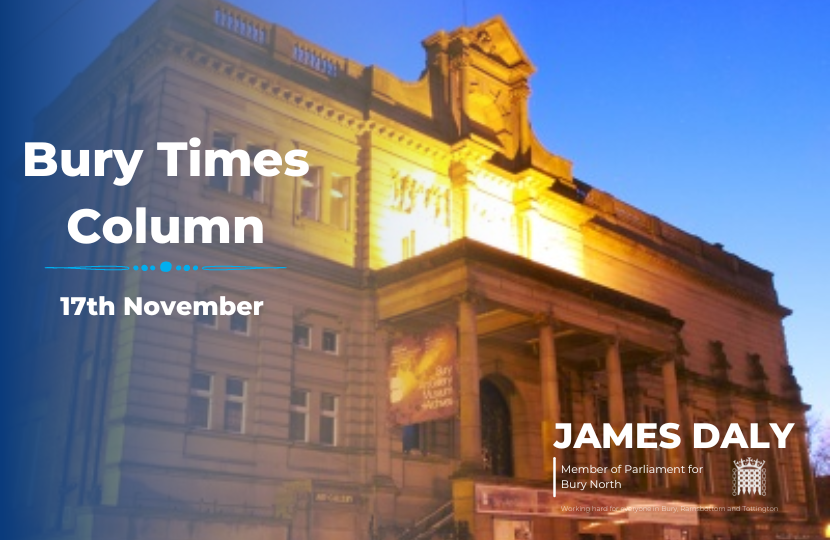
Thomas Wrigley was born in Bury in 1808 on the Bridge Hall Estate and inherited his father’s paper mill near Heap Bridge in 1846. Under his ownership, the business prospered, and Thomas went on to become an important figure in both town and county.
He was an active campaigner and wrote many pamphlets. He agitated for the removal of import duty on raw materials for making paper and for the removal of stamp duty on newspapers. Thomas wrote extensively on railway management and reform; he even proposed a general education system years before the passing of the 1870 Education Act.
These are a few of Thomas Wrigley’s extensive achievements, but he is a figure lost in time to many of our town’s residents, but he shouldn’t be.
Civic pride encompasses many things and can mean different things to different people. Still, in my view, a crucial part of the pride you have in the town you are from is a knowledge of its history and how we can all play a part in safeguarding the legacy of those who have gone before us.
Thomas died in 1880, leaving a substantial collection of private paintings. The Wrigley Collection is the reason Bury Art Museum was built in the late 19th Century. The Collection was gifted to the township of Bury by the Wrigley family, providing there was a building to house it, leading to the construction of Bury Art Gallery between 1897 and 1901.
At the opening ceremony, the Mayor of Bury, Colonel Walker, said, “ It is a happy thing for the people of Bury that our friends, the members of the Wrigley family, inherited not only the pictures from their father but that they inherited his generous impulses and kindly heart. We honour them and are grateful for the magnificent gift.”
Indeed, our town and its elected representatives have honoured the words of Colonel Walker and safeguarded this magnificent building and its contents for the benefit of everyone in Bury until recent times. Through rank incompetence, Bury’s Labour-led Council, at the cost of tens of thousands of pounds, reduced the footprint of the library on the ground floor to install a sculpture centre that no one wanted or asked for.
Bury’s Conservative Councillors have for many years campaigned to reinstate the Library, but this has been ignored by Labour. It is now reported that local residents are being asked to have their say on the future of the historic building, with an options appraisal report from the Council potentially proposing that it should be used as a “Creatives” space.
I urge you all to take part in this consultation. Bury Art Gallery and Public Library survived two world wars, the great depression and many other challenges, but the mismanagement of council finances by the Labour Party in recent times has brought it to its knees.
We can still save this important part of our shared heritage and ensure it continues to be used for the purpose intended when it was constructed over a century ago.





